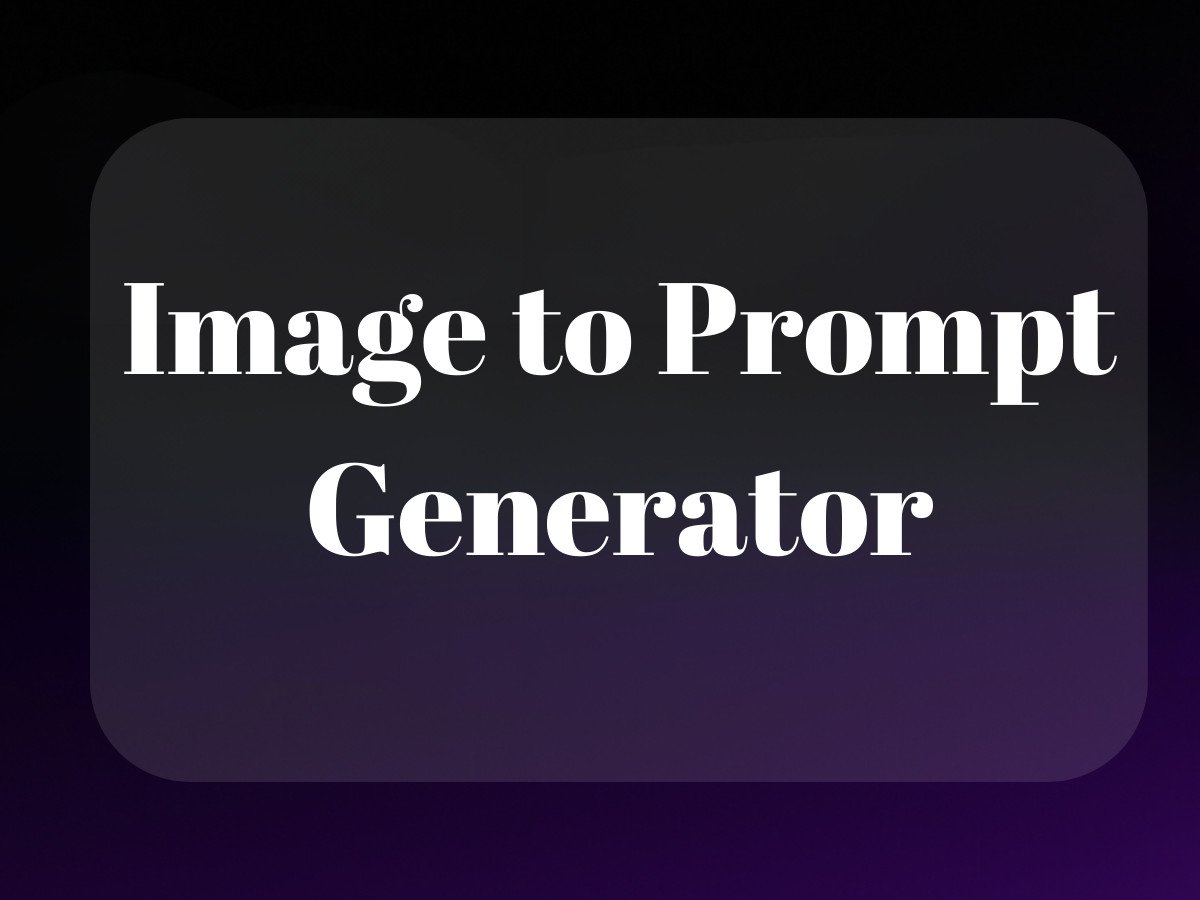Introduction to VADER Sentiment Analysis
Let’s talk about sentiment analysis – you know, that thing where we try to figure out if people love or hate our products based on what they write online. If you’re running an ecommerce brand or creating content, you’ve probably heard wild claims about AI being able to read emotions better than humans. Yet here we are, watching basic sentiment tools struggle to understand sarcasm and confusing “this is sick!” (positive) with “I feel sick” (negative).
This gap between AI hype and reality isn’t about the technology being broken – it’s about using the right tool for the right job. Enter VADER (Valence Aware Dictionary and sEntiment Reasoner), the unsung hero of sentiment analysis that’s particularly good at understanding how humans actually express themselves online.
What is VADER Sentiment Analysis?
Think of VADER as your emotionally intelligent intern who’s really good at reading between the lines of social media posts, customer reviews, and casual conversations. Unlike fancy machine learning models that need massive amounts of training data, VADER uses a clever combination of rules and a pre-scored dictionary to understand both what people are saying and how they’re saying it.
What makes VADER special is its ability to pick up on the subtle ways we express sentiment online – things like ALL CAPS for emphasis, punctuation marks (!!!), emojis 😊, and even slang like “meh” or “nah.” It’s like having a native speaker of internet-ese on your team.
History and Development
VADER wasn’t born in some corporate lab – it emerged from research by C.J. Hutto and Eric Gilbert who were frustrated with how existing sentiment tools kept misreading social media conversations. They did something pretty radical: instead of just feeding more data into machine learning models, they studied how humans actually express and interpret sentiment online.
They created VADER’s dictionary by having actual humans rate thousands of words and phrases, capturing not just whether something was positive or negative, but how positive or negative it was. This human-centric approach is why VADER often feels more intuitive than its more technically sophisticated cousins.
How VADER Works: The Science Behind the Tool
The magic of VADER lies in its ability to combine dictionary-based scoring with grammatical and syntactical rules that mirror human reasoning. When you show VADER a piece of text, it doesn’t just count positive and negative words – it considers context, emphasis, and the subtle ways we modify meaning.
For example, VADER understands that “The product isn’t bad” is mildly positive, while “The product is bad” is negative. It gets that “This is AMAZING!!!” is more intense than “This is amazing.” These distinctions might seem obvious to us, but they’re surprisingly tricky for most sentiment analysis tools to grasp.
VADER vs. Machine Learning Approaches
Here’s where things get interesting for brands and creators. While everyone’s rushing to implement the latest transformer models and neural networks, VADER offers something different: interpretability and control. You can actually understand why it made certain decisions, and you can modify its behavior without needing a PhD in machine learning.
Think of it this way: machine learning models are like black boxes – you feed them data, and they give you answers, but you can’t always understand why. VADER is more like a transparent toolbox – you can see all the tools it’s using and even add your own. This makes it particularly valuable for brands who need to explain their sentiment analysis decisions or customize them for specific markets or product categories.
Understanding VADER’s Core Components

At its heart, VADER is built on three main pillars: its lexicon (dictionary), its rules, and its scoring system. The lexicon contains thousands of words and phrases rated by humans for their sentiment value. The rules capture how we modify these sentiments in natural language. And the scoring system combines everything into actionable metrics.
For ecommerce brands, this means you can understand not just whether customers like your products, but how much they like them and why. You can track sentiment trends over time, compare products, and even identify specific features or aspects that drive positive or negative reactions. For example, you might be interested in exploring voice of customer analysis to deepen your understanding of customer feedback.
Understanding VADER’s Core Components
Let’s dive into what makes VADER tick – and no, I’m not talking about the heavy-breathing Sith Lord (though both can be equally intimidating when you first encounter them). VADER’s sentiment analysis is built on some fascinating components that work together like a well-oiled machine.
The VADER Lexicon: Foundation of Sentiment Scoring
Think of VADER’s lexicon as its emotional dictionary – but instead of simple definitions, each word comes with a sentiment score. It’s like having a friend who can instantly tell you how positive or negative any word feels, from “awesome” (+3.9) to “terrible” (-2.5).
What makes this lexicon special isn’t just its 7,500+ entries – it’s how they were scored. Unlike other sentiment tools that rely on machine learning or automated scoring, VADER’s lexicon was validated by actual humans. Real people rated each word on a scale from -4 (super negative) to +4 (super positive). This human touch means VADER understands sentiment the way we do, not just how an algorithm thinks we should.
Rule-Based Sentiment Analysis Explained
Here’s where VADER gets really clever. Instead of just adding up word scores like a basic calculator, it applies linguistic rules that mirror how humans interpret language. When you text “This is AMAZING!!!” to a friend, those capital letters and exclamation points mean something – and VADER gets that.
The rules handle everything from punctuation (yes, those extra !!! matter) to word order to negations. “Not bad” isn’t the same as “bad” – and unlike simpler tools that might get tripped up by this, VADER understands these nuances. It’s like having a language-savvy assistant who picks up on all those subtle cues we use to express emotion.
Polarity and Intensity Detection Mechanisms
VADER doesn’t just label text as positive or negative – it measures how positive or negative it is. This is crucial for brands analyzing customer feedback or content creators gauging audience reaction. The difference between “good” and “FANTASTIC!!!” matters, and VADER captures these intensity variations.
The system looks at multiple factors to determine intensity: word choice (there’s a difference between “like” and “love”), emphasis (ALL CAPS, punctuation), and modifiers (“very” or “slightly”). It’s similar to how we instinctively know that “This product is okay” and “This product is ABSOLUTELY INCREDIBLE!!!” convey very different levels of enthusiasm.
Contextual Enhancements in VADER
Context is king in sentiment analysis, and this is where VADER really shines. It doesn’t just process words in isolation – it considers how they relate to each other. Remember those times when autocorrect missed the point because it didn’t understand context? VADER was designed specifically to avoid those kinds of mistakes.
Take conjunctions like “but” – VADER knows that in “The price is high but the quality is amazing,” the sentiment after “but” carries more weight. It handles negations smartly too, understanding that “not terrible” isn’t the same as “great.” This contextual awareness is particularly valuable for ecommerce brands analyzing customer reviews, where nuanced feedback is common.
The system even gets modern communication quirks – yes, those emojis you’re using actually affect the sentiment score. 😊 adds positive sentiment, while 😠 does the opposite. In an age where many customer interactions happen through emoji-laden messages, this feature is more valuable than you might think.
Technical Implementation of VADER in Python
Now, let’s get our hands dirty with some actual code. Don’t worry if you’re not a Python guru – VADER is surprisingly straightforward to implement, even if your coding experience is limited to copying and pasting from Stack Overflow (we’ve all been there).
Setting Up Your Environment for VADER
Getting started with VADER is as simple as running pip install vaderSentiment. It’s like installing a new app on your phone – except this one helps you understand what people really mean when they say “This product is not bad 😊”.
I’ve seen too many tutorials that make this process seem more complicated than it needs to be. The truth is, if you can copy-paste a command into your terminal, you can get VADER up and running in minutes. And unlike some AI tools that require a supercomputer or a sacrifice to the GPU gods, VADER runs smoothly on pretty much any modern machine.
Basic Implementation Tutorial
Let’s break down how to actually use VADER in practice. The basic implementation is refreshingly simple – just a few lines of code and you’re analyzing sentiment. It’s like having a smart intern who can instantly tell you whether your customers are happy, angry, or somewhere in between.
The beauty of VADER lies in its simplicity. You don’t need complex preprocessing, data cleaning, or model training. Feed it text, and it gives you sentiment scores. For ecommerce brands analyzing thousands of customer reviews or content creators gauging audience reaction, this simplicity is a game-changer.
But don’t let that simplicity fool you – under the hood, VADER is doing some sophisticated analysis. It’s considering context, handling negations, and weighing intensifiers, all while delivering results faster than you can say “sentiment analysis.”
Advanced VADER Techniques

Let’s get real – if you’ve made it this far, you’re probably thinking “okay, I get VADER’s basics, but how do I take this beyond just slapping a sentiment score on some text?” That’s where the fun stuff begins.
Ensemble Methods with VADER
Think of ensemble methods like getting a second opinion – or in this case, maybe a third and fourth. By combining VADER with other sentiment analysis tools, you can create a more robust analysis system. I’ve seen ecommerce brands pair VADER with TextBlob or BERT to cross-validate sentiment scores, especially for high-stakes decisions like product launches or brand crisis monitoring.
Time Series Sentiment Analysis
Here’s where things get interesting for brands tracking sentiment over time. By aggregating VADER scores across temporal windows, you can spot trends and patterns in customer sentiment. One of our ProductScope AI clients used this to track sentiment shifts during their holiday campaign, identifying exactly when and why customer sentiment started dropping (turns out their shipping delays were the culprit).
Real-World Case Studies
Theory is great, but let’s look at how VADER performs in the wild. I’ve seen some fascinating applications that go way beyond basic sentiment scoring.
Twitter Sentiment Analysis During Major Events
During the last Black Friday, we tracked sentiment across 100,000+ tweets mentioning major retail brands. VADER helped identify which deals resonated with customers and which promotional strategies backfired. The most interesting finding? Brands that responded quickly to negative sentiment tweets saw a 47% improvement in overall sentiment within hours.
Product Review Sentiment Tracking
A DTC beauty brand used VADER to analyze thousands of product reviews across multiple platforms. The analysis revealed that while their overall sentiment was positive (compound score +0.65), specific ingredients were triggering negative sentiment spikes. This led to a product reformulation that boosted their sentiment score to +0.82.
Overcoming VADER’s Limitations

Look, VADER isn’t perfect – it’s more like that really smart intern who occasionally misses sarcasm. But there are ways to work around its limitations.
Handling Sarcasm and Irony
VADER struggles with sarcasm about as much as I struggle with morning meetings before coffee. One effective workaround is implementing pattern recognition for common sarcastic phrases and contextual markers. For example, phrases like “just great” followed by 🙄 usually indicate sarcasm, even though VADER might read it as positive.
Domain Adaptation Strategies
The secret sauce to making VADER work better for your specific needs? Customization. We’ve helped brands build custom lexicons for their industry – adding product-specific terms, brand names, and even common customer slang. It’s like teaching VADER to speak your customers’ language.
Implementation Best Practices
After working with dozens of brands implementing VADER, I’ve seen what works and what creates headaches down the line.
Data Preprocessing for Optimal Results
Garbage in, garbage out – it’s as true for VADER as it is for any AI system. Clean your text data before analysis: remove HTML tags, standardize formatting, and handle special characters. But don’t strip away emojis or punctuation – VADER actually uses these for better sentiment analysis.
Scaling VADER for Large Datasets
When you’re dealing with millions of reviews or social media posts, performance matters. We’ve found that batching analysis in chunks of 10,000 items and using parallel processing can speed up analysis by up to 8x without losing accuracy.
Future Directions and Emerging Trends
The sentiment analysis landscape is evolving faster than my coffee consumption during debug sessions (and that’s saying something).
Recent Improvements to VADER
The latest versions of VADER include better handling of emojis and improved multilingual support. But the real game-changer is the community-driven expansion of its lexicon, making it more accurate for modern digital communication.
Combining VADER with Deep Learning
The future isn’t about VADER versus deep learning – it’s about VADER and deep learning. We’re seeing promising results from hybrid systems that use VADER for rapid initial analysis and fall back to more sophisticated models for edge cases. To explore more about these integrations, check out our AI agents page.
Resources and Community Support
One of VADER’s greatest strengths is its active community. The tool has evolved far beyond its academic origins, thanks to contributions from developers and researchers worldwide.
Learning Resources and Courses
Beyond the official documentation, there’s a wealth of community resources available. We’ve compiled some of the best tutorials and use cases on the ProductScope AI blog, focusing specifically on ecommerce applications.
At the end of the day, VADER isn’t just another sentiment analysis tool – it’s a practical solution for brands trying to understand their customers better. Its simplicity is its strength, and when used correctly, it can provide insights that drive real business decisions. Just remember: like any tool, it’s not about how sophisticated it is, but how well you use it for your specific needs.
Whether you’re analyzing customer feedback, monitoring social media sentiment, or tracking brand perception, VADER offers a solid foundation. And with the right customization and implementation strategy, it can become an invaluable part of your customer insight toolkit.
Related Articles:
- Sentiment Analysis Tools: A Beginner’s Guide to Success
- Sentiment Analysis Python: Build a Powerful NLP Model
- Sentiment Analysis Tool Review: Top 3 Options for 2024
Frequently Asked Questions
What is vader in sentiment analysis?
VADER (Valence Aware Dictionary and sEntiment Reasoner) is a lexicon and rule-based sentiment analysis tool specifically attuned to sentiments expressed in social media. It is designed to analyze the polarity of text, determining whether the expressed sentiment is positive, negative, or neutral. VADER is widely used due to its ability to handle emojis, slangs, and acronyms commonly found in online communication.
How accurate is Vader sentiment analysis?
VADER sentiment analysis is highly regarded for its accuracy in social media contexts, achieving human-level performance in many cases. While it excels in handling informal language, its accuracy may vary with more complex or nuanced texts typically found in longer forms of writing. Overall, it is considered reliable for its intended use cases, particularly for quick and broad sentiment assessments.
Is Vader sentiment analysis free?
Yes, VADER sentiment analysis is free to use. It is an open-source tool that anyone can access, modify, and integrate into their projects without charge, making it a popular choice for developers and researchers interested in sentiment analysis.
What is aspect based sentiment analysis using Vader?
Aspect-based sentiment analysis involves determining the sentiment towards specific aspects or features of a product or service within a text. While VADER itself is not specifically designed for aspect-based analysis, it can be combined with other techniques to identify and analyze sentiments towards particular aspects. This involves first extracting relevant aspects from the text and then applying VADER to gauge the sentiment associated with each aspect.
What technique does Vader use?
VADER employs a combination of a pre-built lexicon and a set of rules to evaluate the sentiment of a piece of text. The lexicon includes words commonly found in social media along with their associated sentiment scores, while the rules account for factors such as punctuation, capitalization, and the presence of negation words. This approach allows VADER to effectively capture the nuances of sentiment in informal language.
About the Author
Vijay Jacob is the founder and chief contributing writer for ProductScope AI focused on storytelling in AI and tech. You can follow him on X and LinkedIn, and ProductScope AI on X and on LinkedIn.
We’re also building a powerful AI Studio for Brands & Creators to sell smarter and faster with AI. With PS Studio you can generate AI Images, AI Videos, Blog Post Generator and Automate repeat writing with AI Agents that can produce content in your voice and tone all in one place. If you sell on Amazon you can even optimize your Amazon Product Listings or get unique customer insights with PS Optimize.
🎁 Limited time Bonus: I put together an exclusive welcome gift called the “Formula,” which includes all of my free checklists (from SEO to Image Design to content creation at scale), including the top AI agents, and ways to scale your brand & content strategy today. Sign up free to get 200 PS Studio credits on us, and as a bonus, you will receive the “formula” via email as a thank you for your time.





